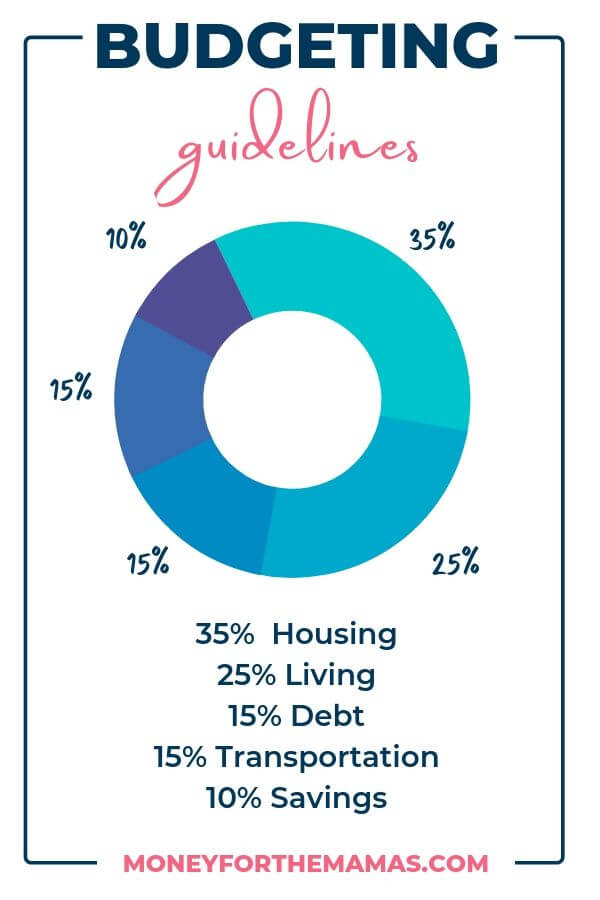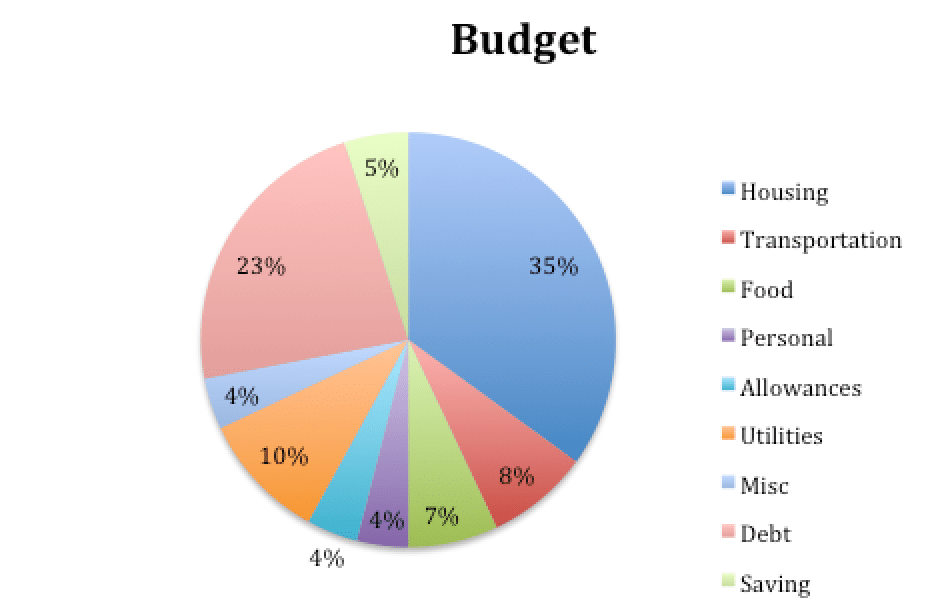
I apologize for this inconvenience and will post your comments asap. As a result of their blatant disregard of my request to stop posting their spam on this site. I would have liked to keep it this way, but there are some that take advantage of that. Important! Comments used to go live without my approval. However, your opinions, questions, and commentsĪre very valuable to me.so I will try to answer questions when I can,īut I am relying on the goodness of others to help here:) Volunteer work at my church, I cannot possibly answer and comment on Please be aware that with my Bookkeeping company, building and maintaining websites, and my Elaborate and give all the details necessary to properly convey your meaning or question, These percentages are a guideline, and you can (and should) tweak them according to your own financial goals. Then click on the link below it that says: Click here to see the rest of the form and complete your submission. Keep the title as short as possible, but interesting enough to make people want to click on your title. Projected growth, assessed needs or a combination of these criteria.Įnter your title of your tip, idea, comment, or question in the text box below. The organization identifies each program or activity, the needs each program serves, and the past effectiveness of meeting those needs.īe to establish a target budget amount for the upcoming year.Ĭould be based on funding, pledges received, past levels of giving and Program budgeting evaluates all programs and activities based on effectiveness at their current levels of funding and on their potential. Some suggest zero-based budgeting as a useful approach about every five years to provide a fresh look at all programs and activities. However, it is useful for churches and nonprofits whose programs and methods of operation carry forth year after year without question. This is a very challenging and time-consuming process. The government annually reduces all budgets to zero, making it necessary for every department to justify all financial needs for the coming year. This budgeting process is similar to what's used by the executive branch of the U.S. Zero-based budgeting starts every program and activity at zero dollars. Incremental budgeting takes this year's budget as the basis for next year's budget and makes adjustments to each item for anticipated cost increases or activity changes. Most churches follow this budgeting process.

Incremental budgeting, often called line item or traditional budgeting, is based on the previous year’s expenditures. Deciding which one is the right one to use for your church will depend on your church's individual needs. If you’re confused about whether something is a need or a want, simply ask yourself, “Could I live without this?” If the answer is yes, that’s probably a want.There are basically three budget classifications. It simply means being more conscious about your money by finding areas in your budget where you’re needlessly overspending.

And if you discover that you’re spending too much on your wants, it’s worth thinking about which of those you could cut back on.Īs a side note, following the 50/30/20 rule doesn’t mean not being able to enjoy your life. Using the same example as above, if your monthly after-tax income is €2000, you can spend €600 for your wants.

Entertainment subscriptions (Netflix, HBO, Amazon Prime).

Wants are defined as non-essential expenses-things that you choose to spend your money on, although you could live without them if you had to. With 50% of your after-tax income taking care of your most basic needs, 30% of your after-tax income can be used to cover your wants.


 0 kommentar(er)
0 kommentar(er)
